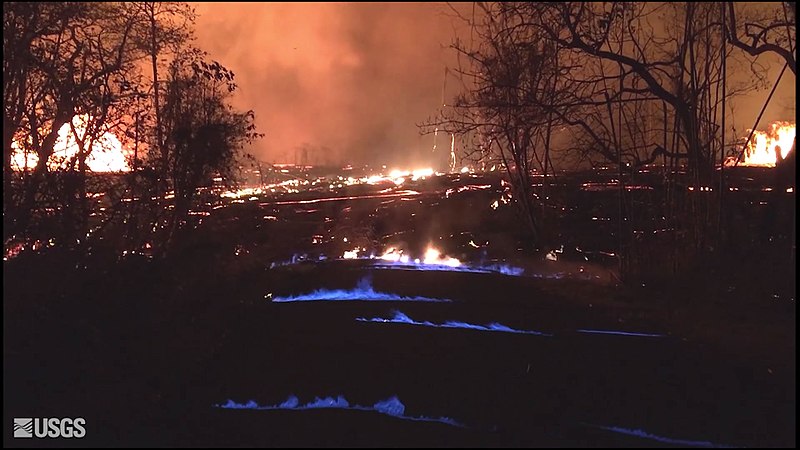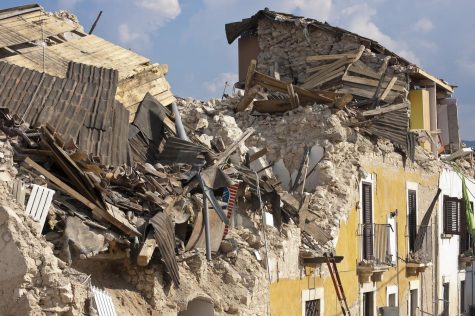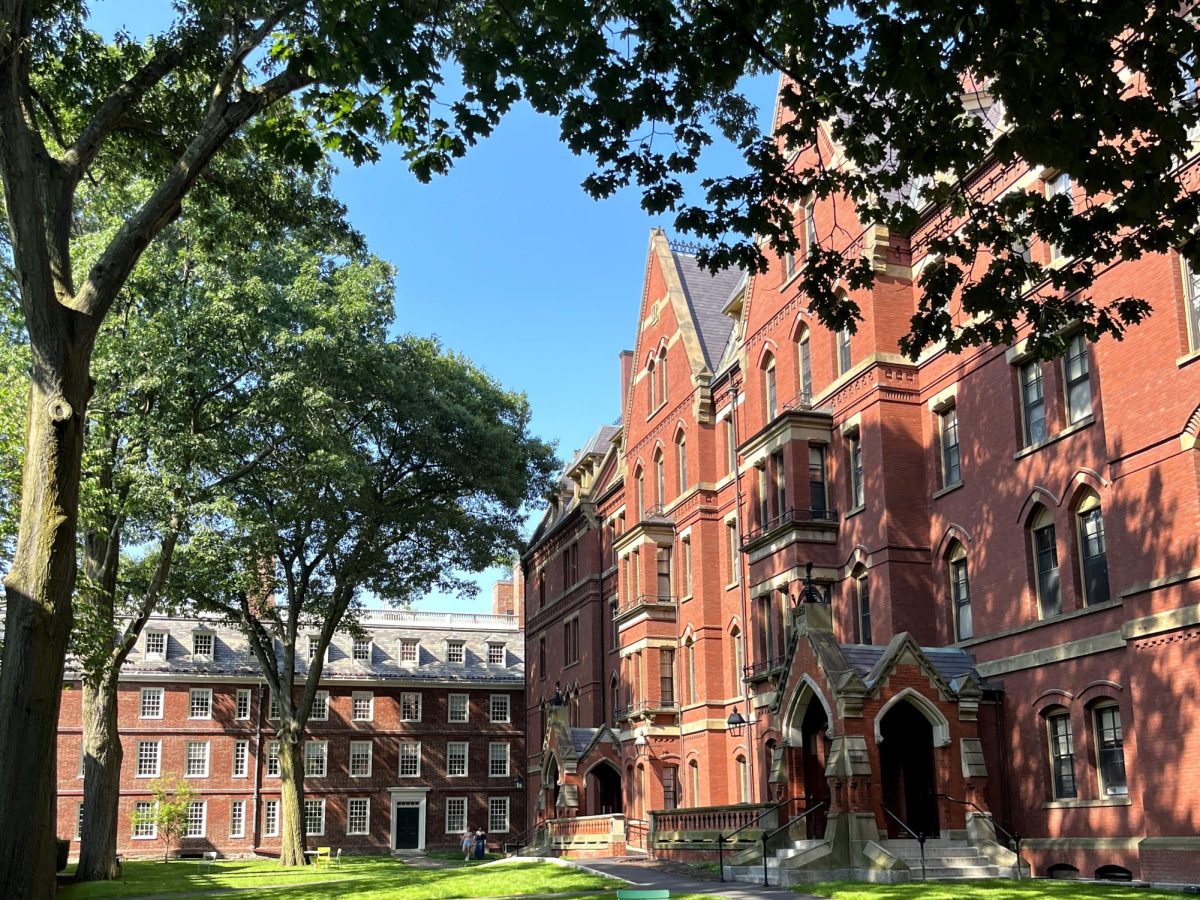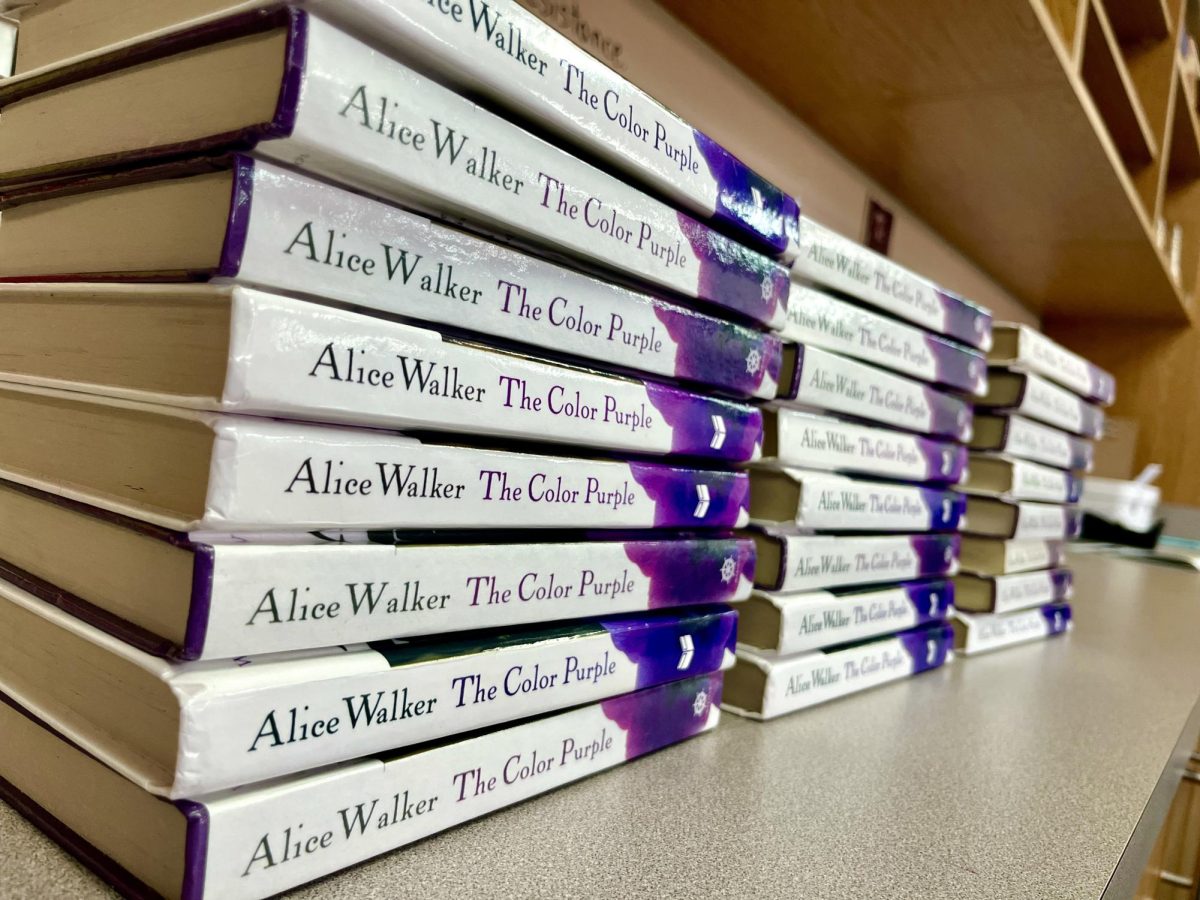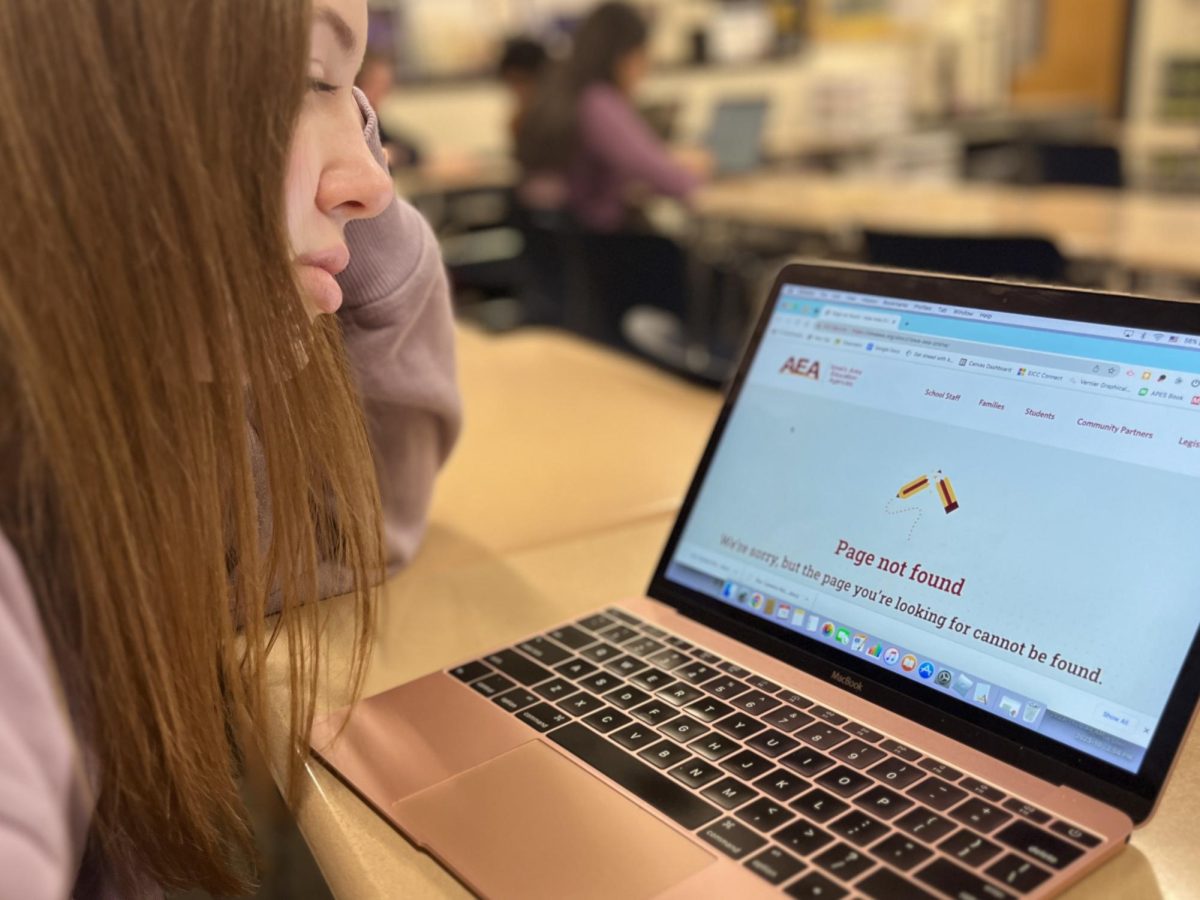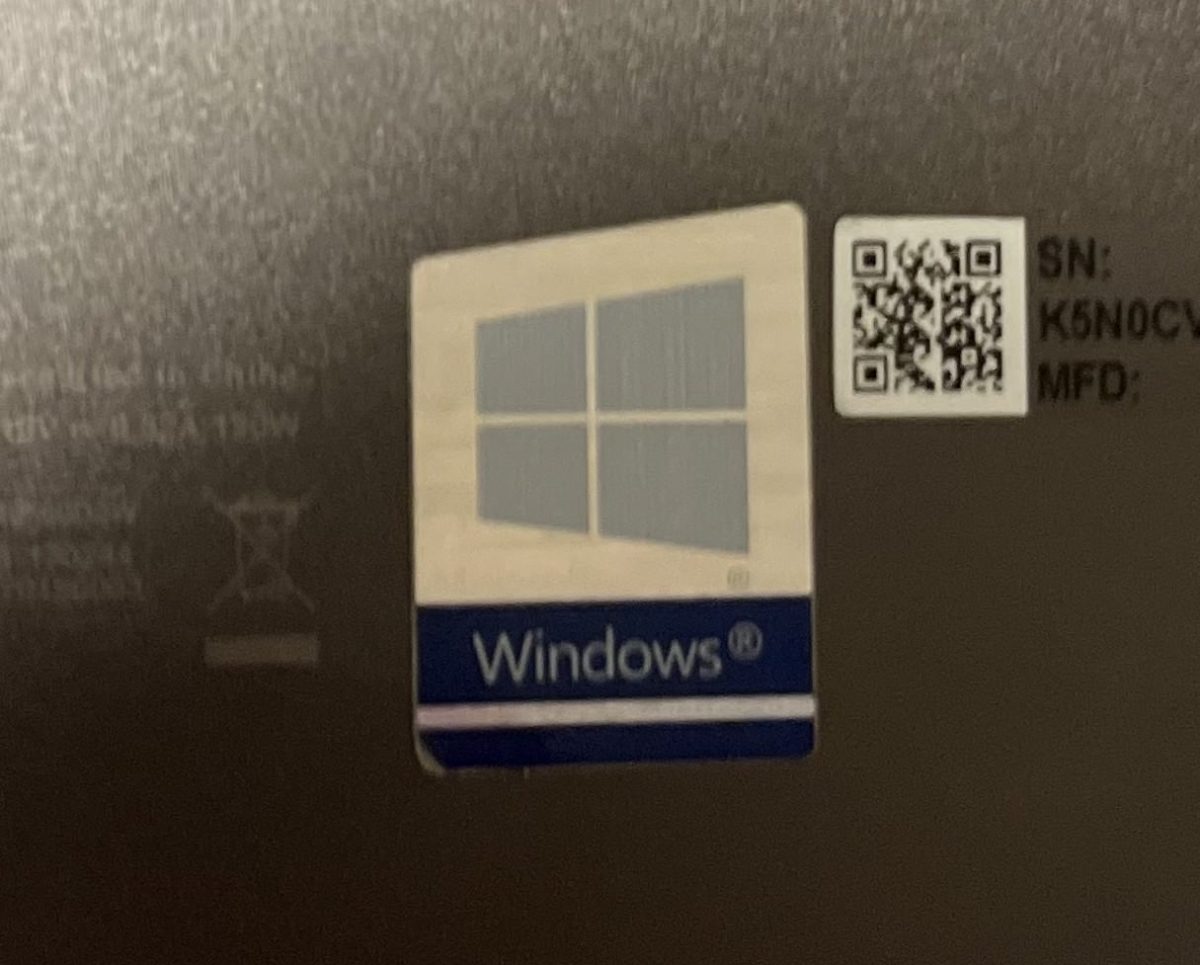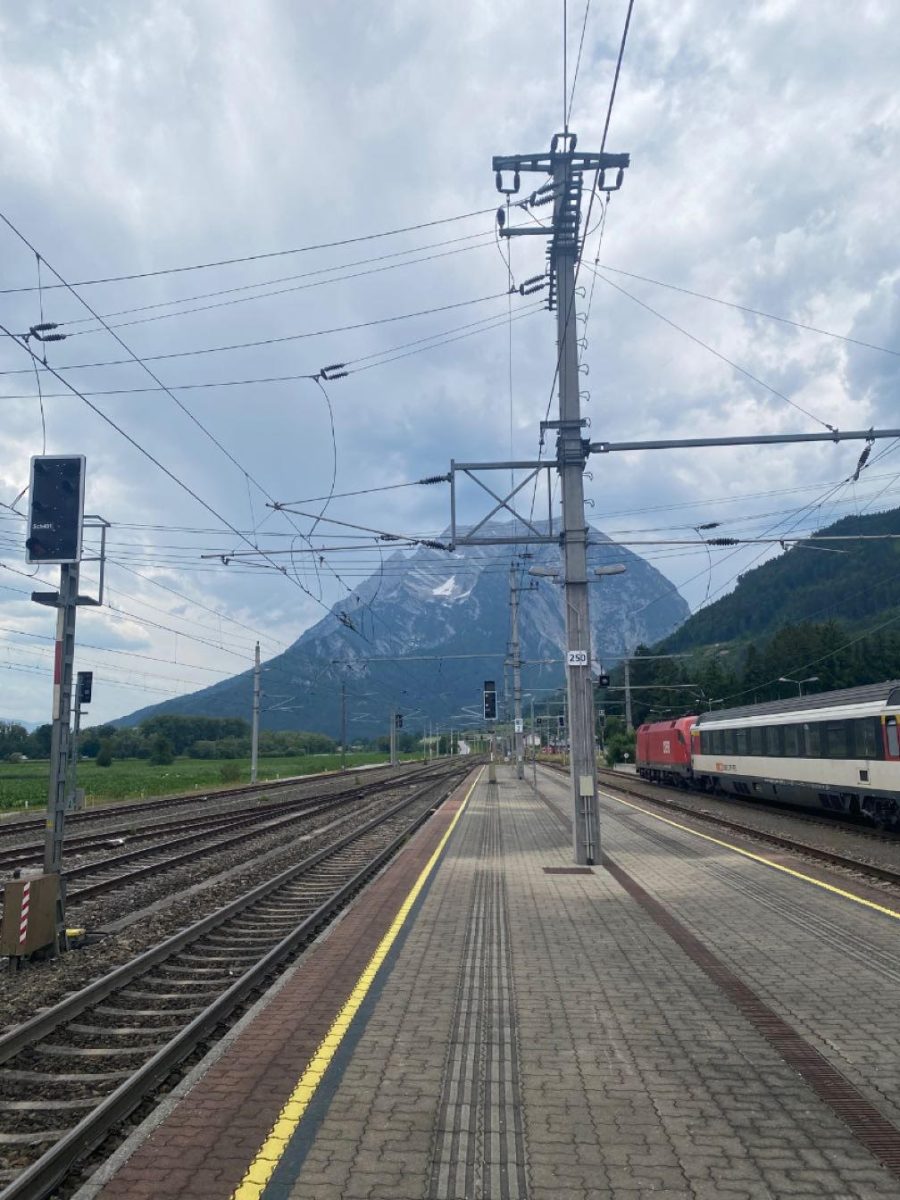On Hawaii’s biggest island lies the world’s most active volcano. Kilauea has made headlines these past few weeks as it reminds the country that while they possess breathtaking beauty, volcanoes can quickly turn into a face of terrifying fury. So far, 36 structures have been destroyed, as well as countless cars and a growing number of homes. Kilauea has been erupting for more than 30 years, but recent activity seems to indicate a bigger and more dangerous spectacle is to come in the following days.
Several weeks ago, lava levels in the volcano were on the rise when suddenly, they dropped and the bottom of Kilauea’s crater dropped out. With nowhere to go, the lava flowed into any open spaces to be filled, the pressure continuously mounting. Earthquakes were triggered, including a 6.9 magnitude quake that shook the entirety of the island. Dozens of tremors were felt as a result of Kilauea’s unrest.
This earthquake action preceded the eruption on May 3 that lasted two full hours; the eruption spread 33 feet. Currently, 1,700 evacuation orders have been issued and the residents of Leilani Estates experienced spewing lava. Leilani and Lanipuna Estates have experienced the lava and steam coming up through the roads.
Molten lava and gas are seeping from at least 15 cracks in the earth’s surface in these regions. Lava and molten rock have covered an area of more than 75 football fields. High levels of sulfur dioxide are posing danger to those close to Kilauea. Scientists fear that boulders the size of refrigerators could be thrown miles from the volcano. The make-up of the volcano has been rapidly changing, causing the scientific community, and the residents of Hawaii’s largest island, to fear the epic explosion that looms on the horizon.
“We can’t really peer through the ground and see it exactly in all its details and intricacies,” volcanologist Bill Chadwick told NPR. “[The eruption] could last days, weeks, years. All that’s possible. It’s hard to say, unfortunately.”
The National Park has been shut down and the eruption is not expected to exceed its boundaries. Yet, unlike other natural disasters, it is unclear how long residents will have to be away from their homes. Despite this frustration, scientists are hard at work; this volcanic activity provides them with an incredible opportunity for research into not only the workings of Kilauea, but of all volcanoes.
While the scientific community searches for answers, the nation will continue to watch as the earth displays its strength with the imminent eruption.








